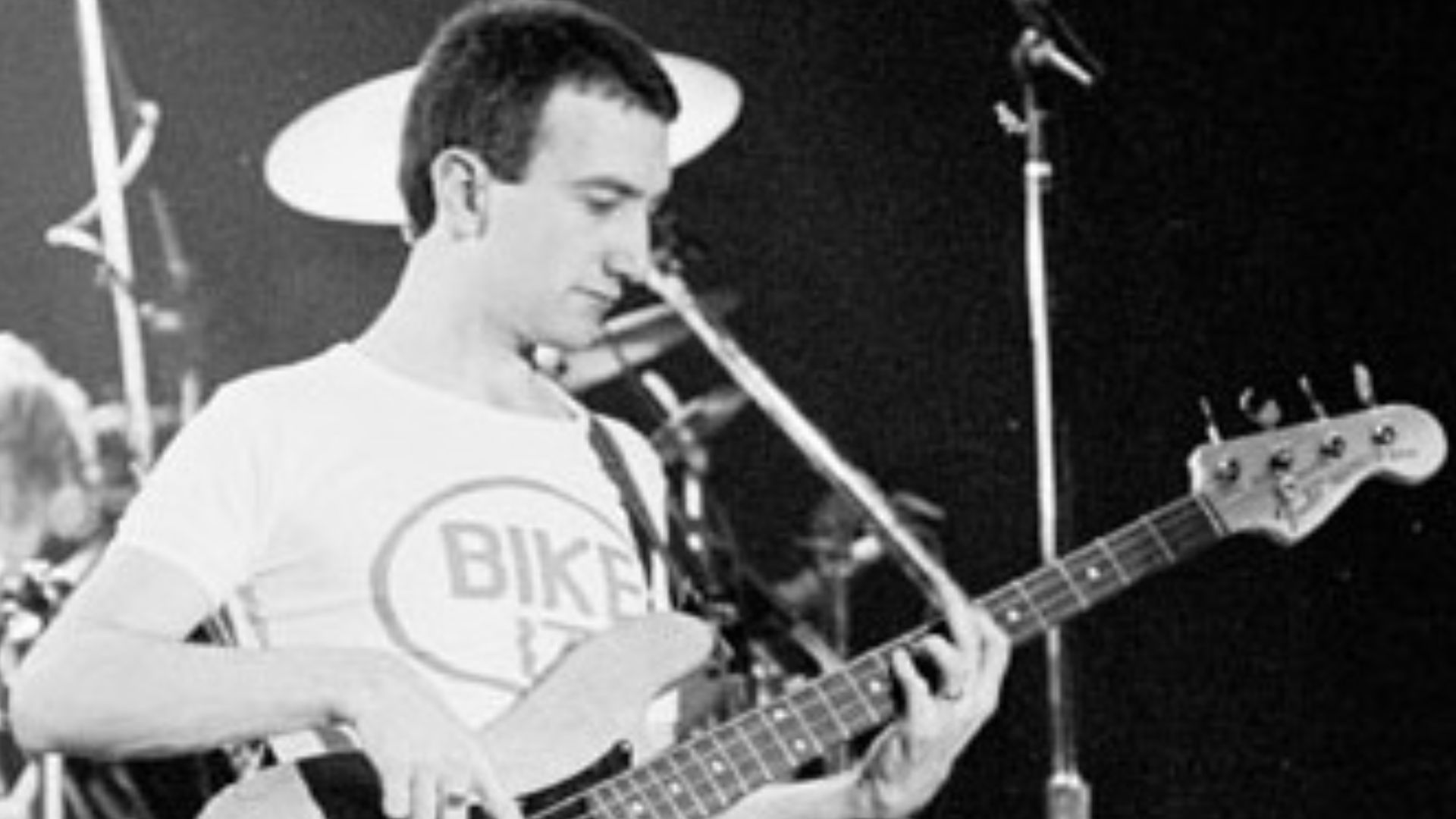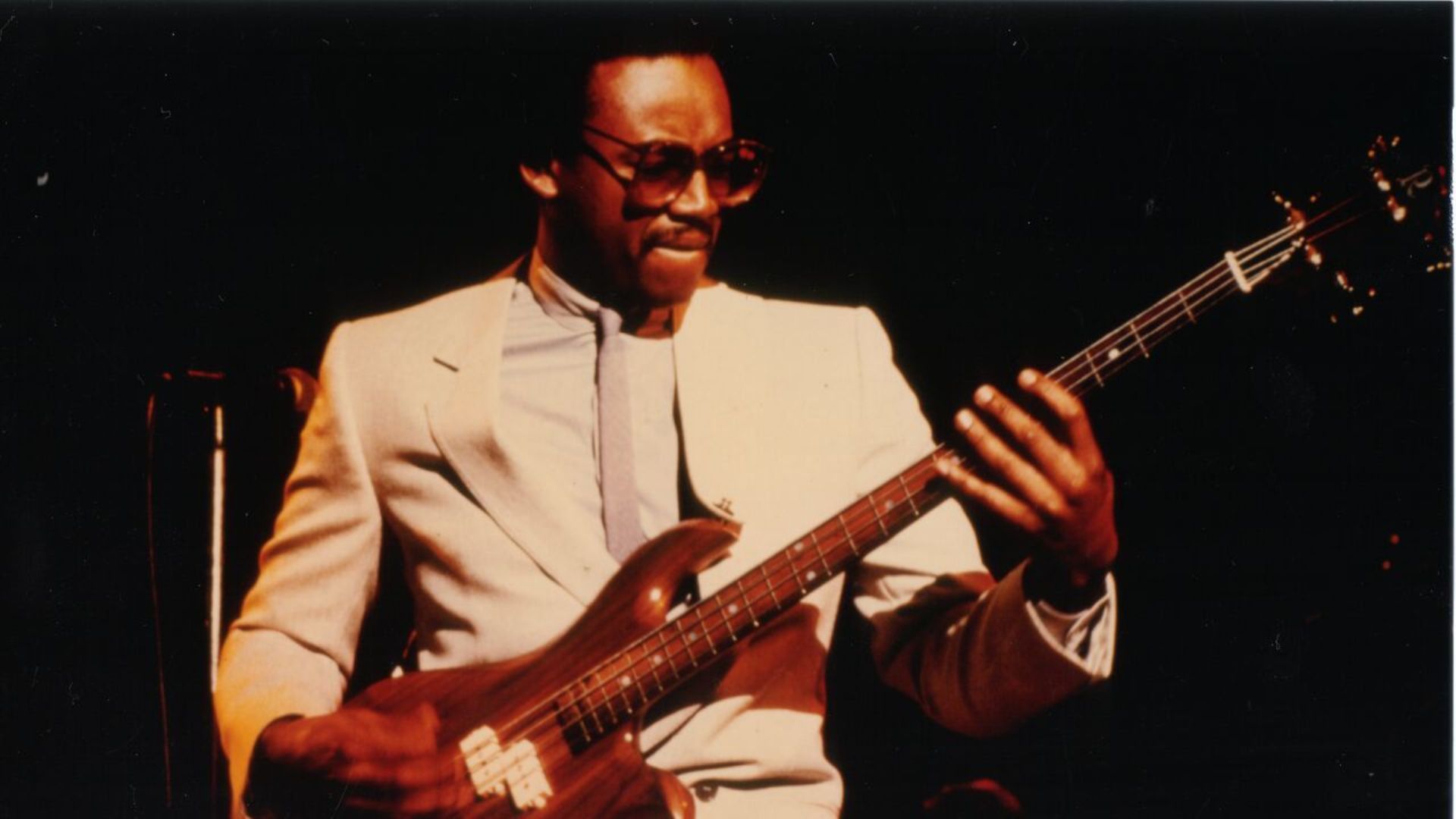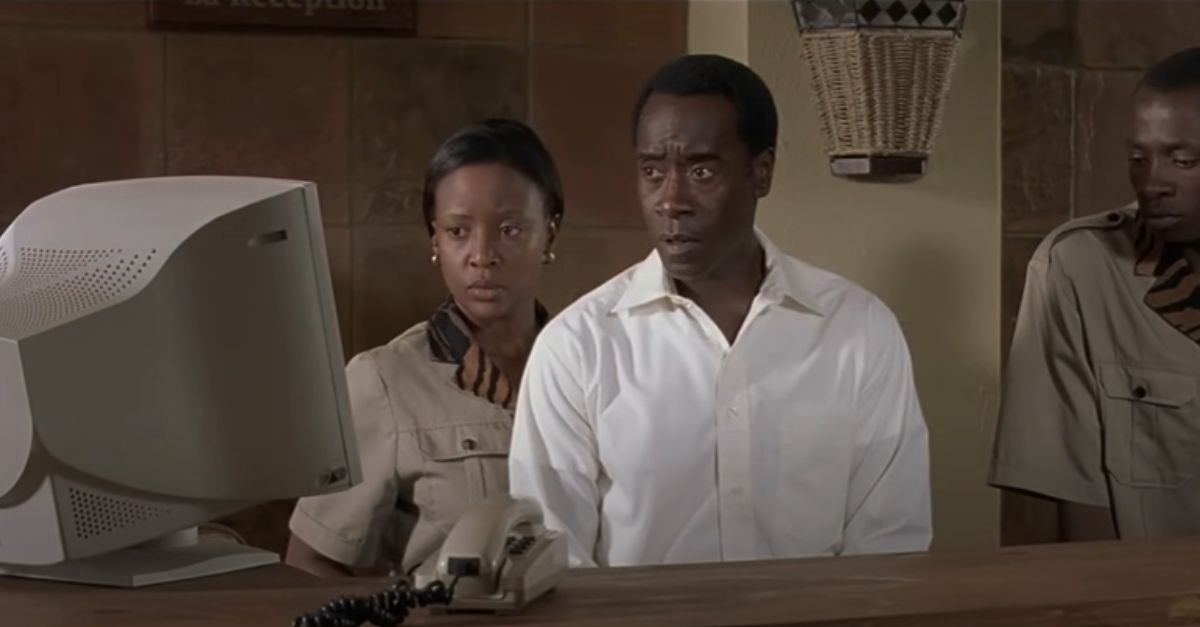The Groove Beneath It All
You can’t always hum the solo. You might forget the lyrics. But that bassline—that groove that makes your shoulders move—sticks forever. From thunderous funk to British rock cool, these are the basslines that built entire songs, and in some cases, entire eras of music.
“Come Together” (The Beatles)
When Paul McCartney locked into that swampy, sliding bassline on Come Together, he wasn’t just supporting—he became the hook. As one writer put it, every note is a chord tone and the repetition makes it unforgettable. McCartney later said he “liked Come Together… which is a great one of John’s.”
 Eddie Janssens, Wikimedia Commons
Eddie Janssens, Wikimedia Commons
“Another One Bites the Dust” (Queen)
John Deacon wrote this groove after digging into soul and disco, inspired by Chic’s Bernard Edwards. He admitted Queen had been “trying for a track like Another One Bites the Dust for a while.” It turned into one of the most recognizable basslines in rock history—and gave Queen a dance hit in disguise.
“Money” (Pink Floyd)
Roger Waters’ off-kilter 7/4 bass groove on Money shouldn’t work—but it does. The line makes the strange time signature feel natural, swinging with just enough grit to make it funky. It’s proof that prog can groove and rock can count past four.
 Alterna2 http://www.alterna2.com, Wikimedia Commons
Alterna2 http://www.alterna2.com, Wikimedia Commons
“Billie Jean” (Michael Jackson)
Technically pop, but undeniably rock-influential. Louis Johnson’s line is pure tension and release—tight, steady, and hypnotic. Producer Quincy Jones said, “That’s what drives the song—it’s the glue.” You could mute everything else, and people would still dance.
 Matthew Rolston; Distributed by Epic Records, Wikimedia Commons
Matthew Rolston; Distributed by Epic Records, Wikimedia Commons
“Seven Nation Army” (The White Stripes)
Jack White didn’t even use a bass—he ran his guitar through an octave pedal. The result became one of the most recognizable riffs of the 21st century. It’s primal, stomping, and so simple that it somehow feels like it’s always existed.
 Michael Morel from Barcelona, Spain, Wikimedia Commons
Michael Morel from Barcelona, Spain, Wikimedia Commons
“Smoke on the Water” (Deep Purple)
Ritchie Blackmore’s riff gets all the fame, but Roger Glover’s bass made it sound heavy. His fat, straight-ahead groove gave the iconic riff its muscle. It’s rock stripped to its essentials—just tone, timing, and the courage to hit hard.
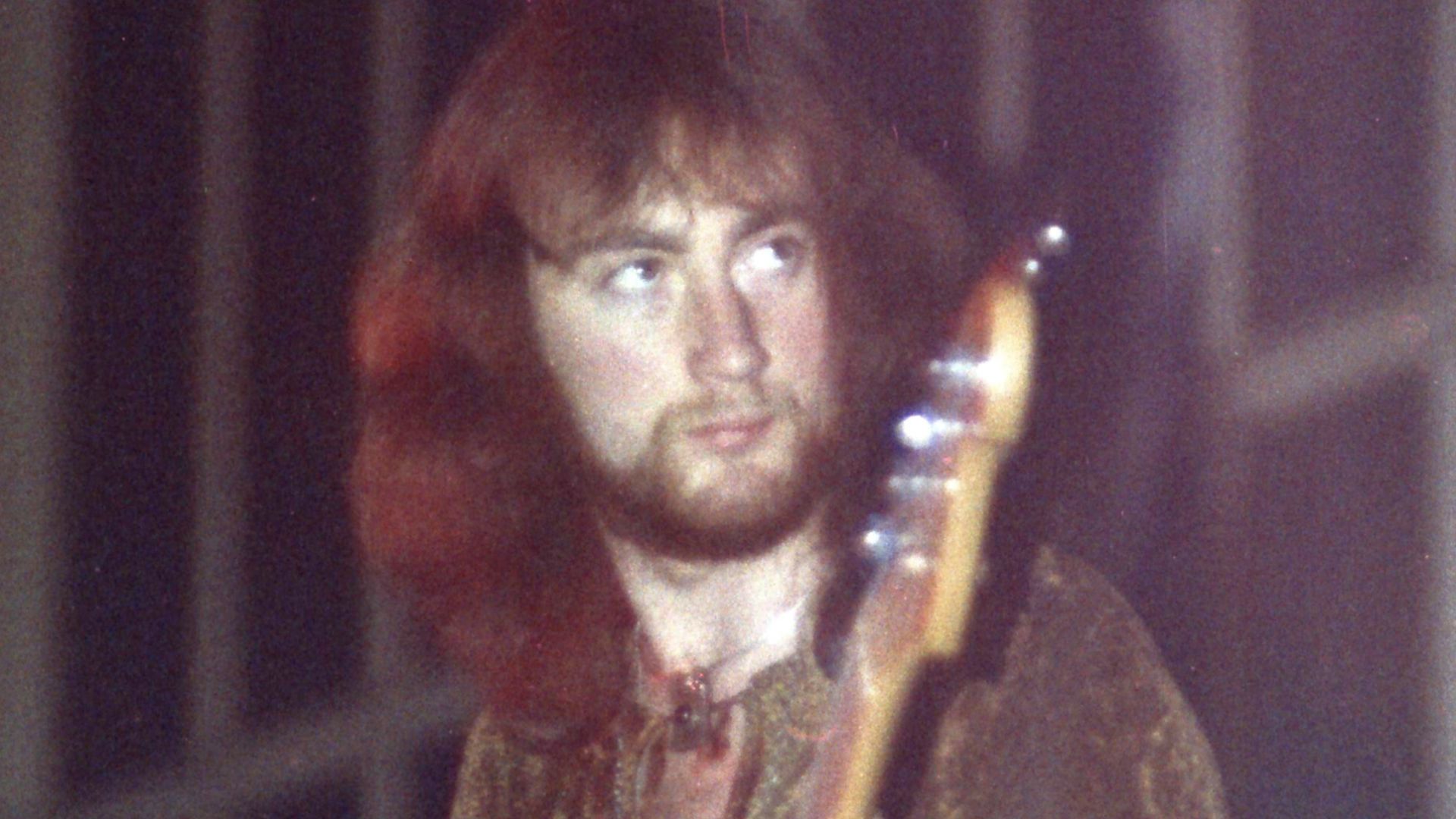 Gladstone~dewiki, Wikimedia Commons
Gladstone~dewiki, Wikimedia Commons
“Good Times” (Chic)
Bernard Edwards’ bassline in Good Times is the skeleton key to nearly all modern groove. It’s so perfect that Queen used it as a template for Another One Bites the Dust. Funk, disco, and rock all owe a thank-you to that walking miracle of a line.
“Sunshine of Your Love” (Cream)
Jack Bruce approached bass like a guitar—bold, distorted, and melodic. The riff he built for Sunshine of Your Love hits like thunder in slow motion. Eric Clapton once said Bruce’s lines “made everything sound bigger than it was.”
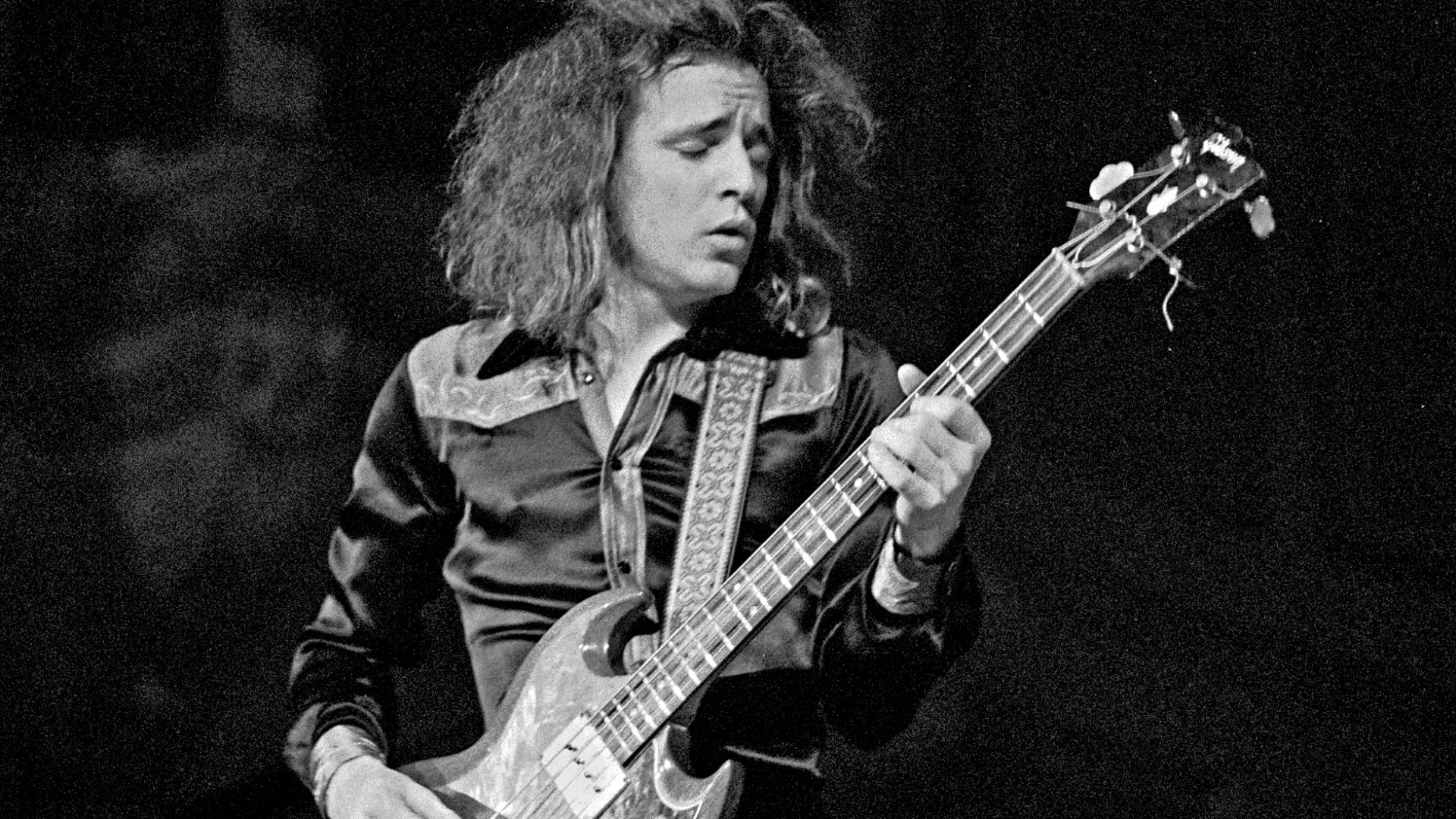 Heinrich Klaffs, Wikimedia Commons
Heinrich Klaffs, Wikimedia Commons
“Roundabout” (Yes)
Chris Squire’s Rickenbacker tone on Roundabout became prog-rock gospel. It’s bright, aggressive, and melodic enough to hum on its own. He turned bass into a lead instrument without ever stepping on the guitar. No one else quite sounded like him.
“Another Brick in the Wall, Pt. 2” (Pink Floyd)
Roger Waters created a bassline that feels both mechanical and human—a groove you can march or sway to. It gives the song its hypnotic pulse, as cold and perfect as the school system it mocks.
 Daigo Oliva, Wikimedia Commons
Daigo Oliva, Wikimedia Commons
“Under Pressure” (Queen & David Bowie)
You know this one before the first beat drops. John Deacon’s two-note groove is a study in simplicity. It’s the silence between those notes that gives it power. Vanilla Ice might’ve borrowed it, but only one version still gives chills.
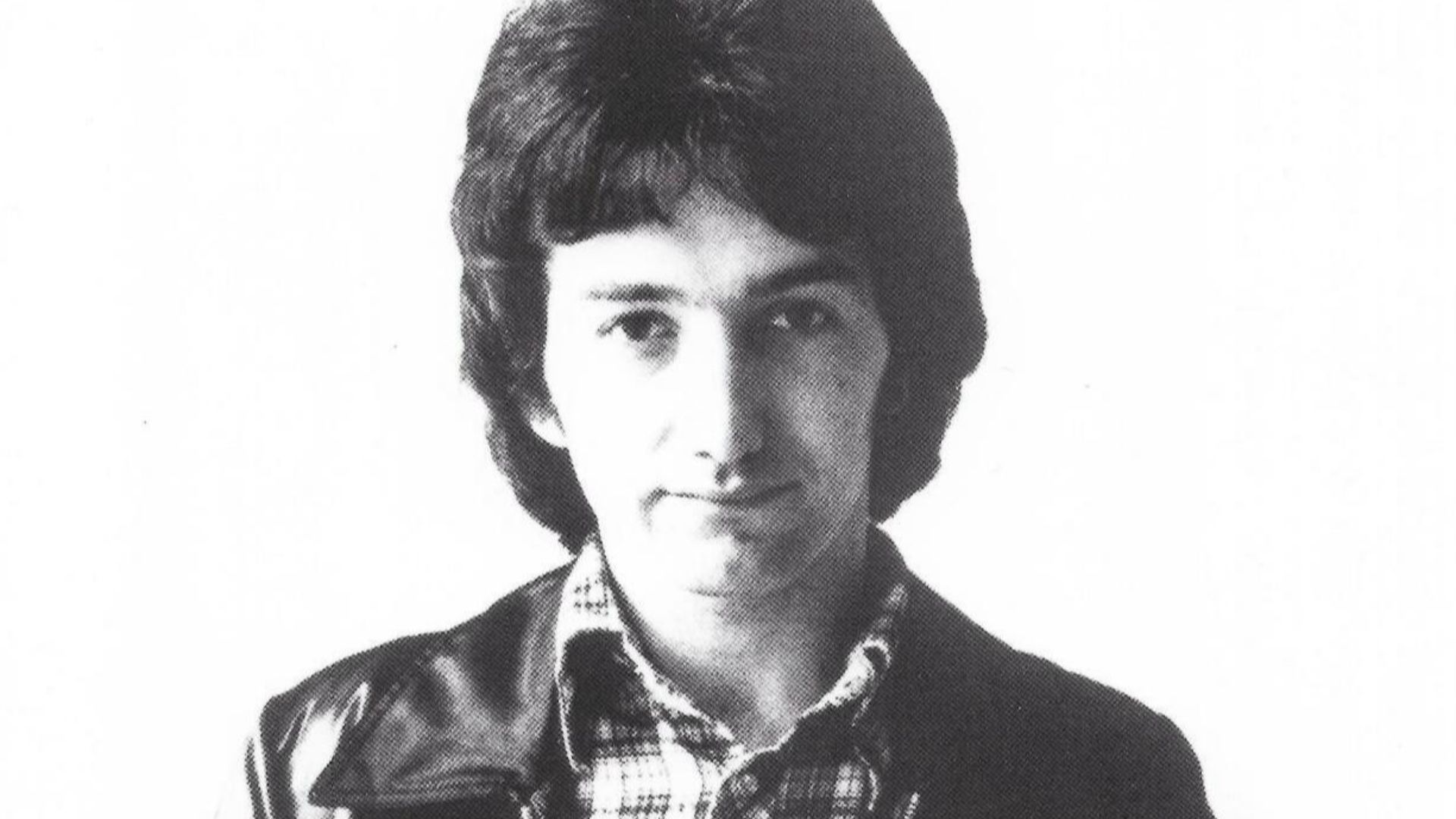 Christopher Hopper; Distributed by Elektra Records, Wikimedia Commons
Christopher Hopper; Distributed by Elektra Records, Wikimedia Commons
“Longview” (Green Day)
Mike Dirnt wrote this line while “bored and messing around,” and ended up crafting one of the great modern rock bass hooks. Its slinky, restless energy made pop-punk groove like funk. For a song about monotony, it sure doesn’t sound bored.
 Sven-Sebastian Sajak (Sven0705), Wikimedia Commons
Sven-Sebastian Sajak (Sven0705), Wikimedia Commons
“Ramble On” (Led Zeppelin)
John Paul Jones was Zeppelin’s quiet genius. On Ramble On, his line shifts from delicate folk to thunderous rock, threading perfectly between Jimmy Page’s guitar and Plant’s vocals. Without him, Zeppelin would’ve been all flash and no foundation.
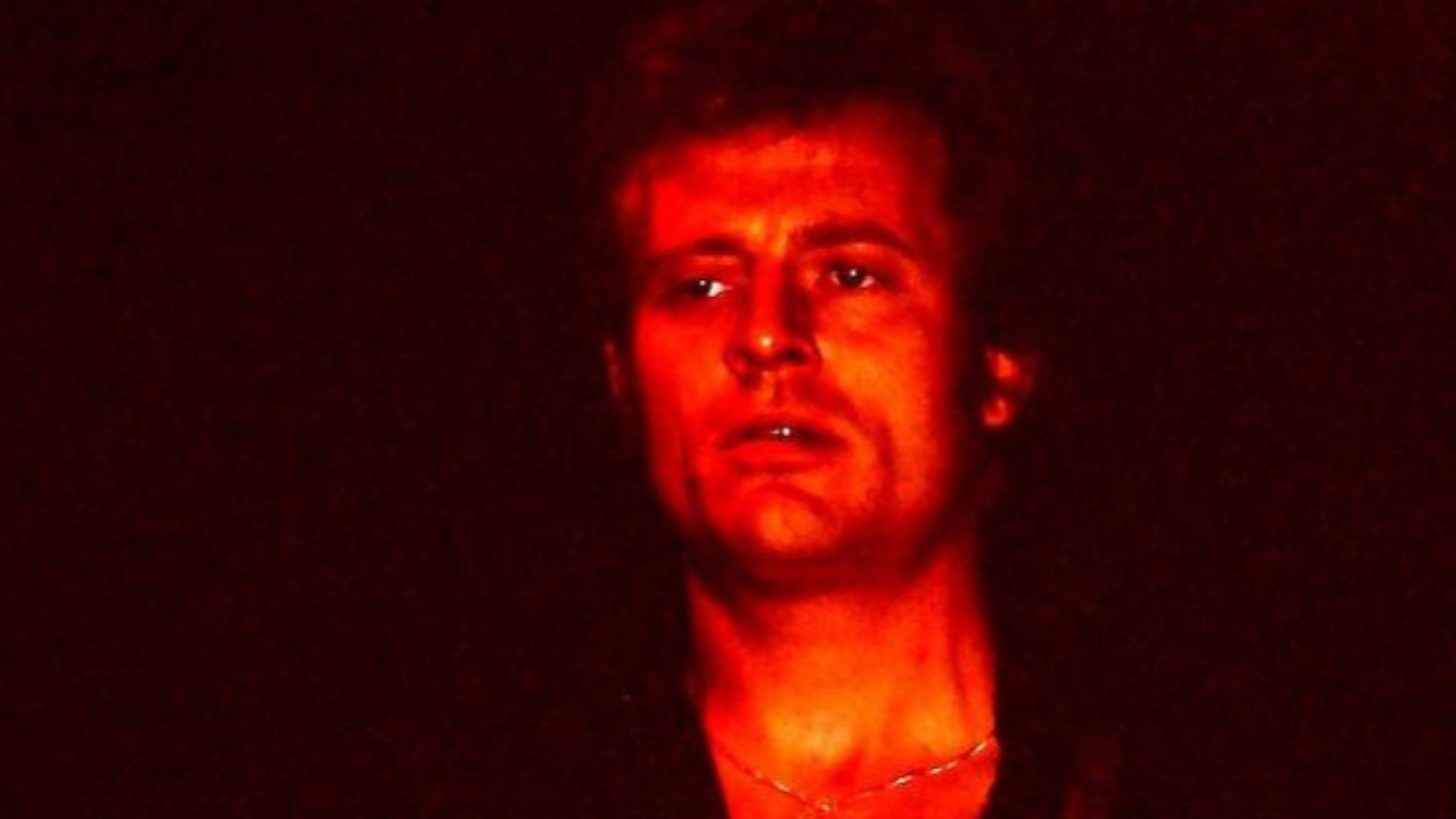 Affendaddy (Klaus Hiltscher), Wikimedia Commons
Affendaddy (Klaus Hiltscher), Wikimedia Commons
“Message in a Bottle” (The Police)
Sting’s bassline here bounces with Caribbean rhythm but stays tight enough to power a rock song. It’s deceptively tricky, but sounds effortless—like a groove played by a band too cool to sweat.
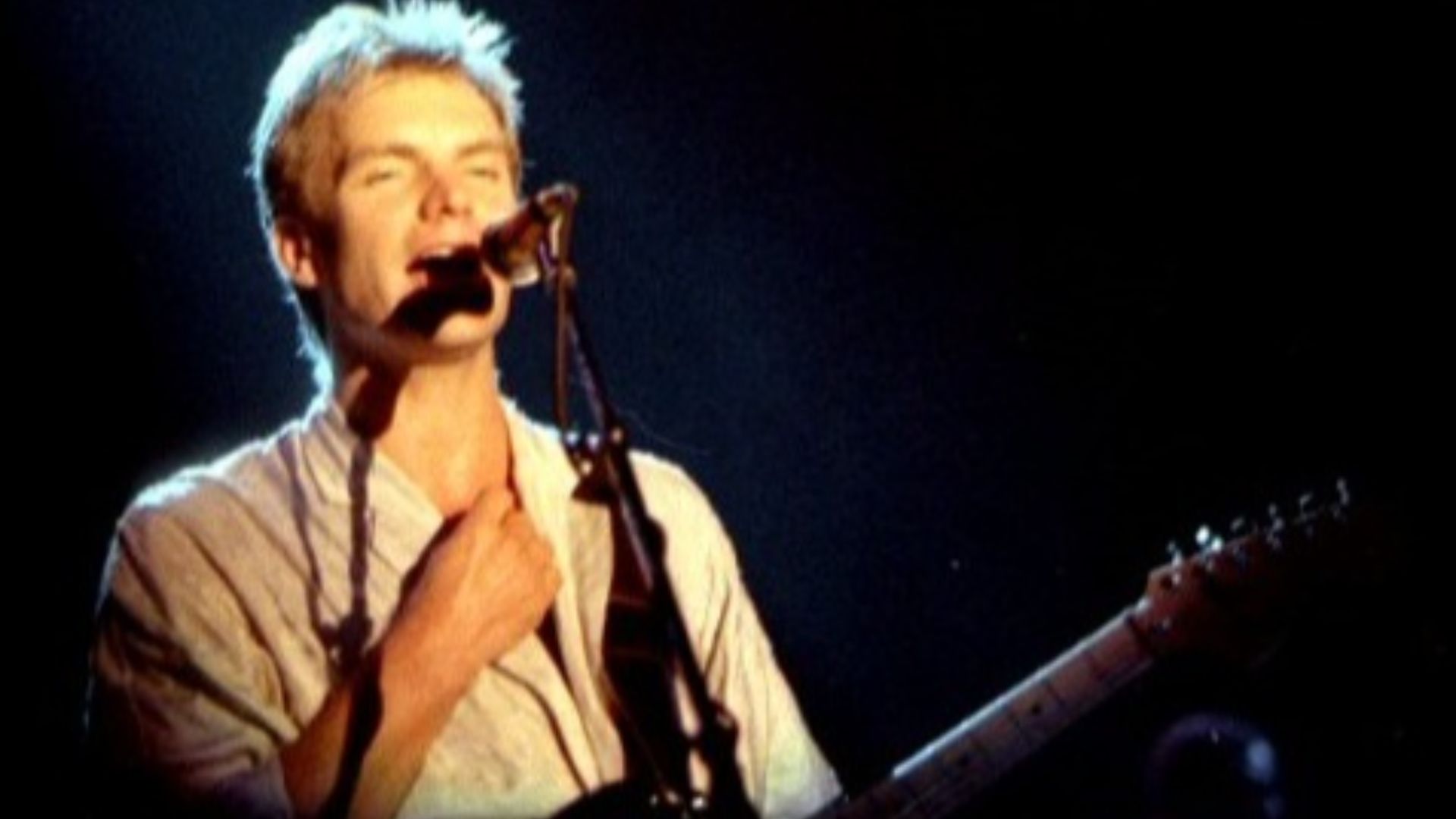 Helge Øverås, Wikimedia Commons
Helge Øverås, Wikimedia Commons
“Walk on the Wild Side” (Lou Reed)
Herbie Flowers doubled two bass parts—upright and electric—to make the line on Walk on the Wild Side. The result is silky, sly, and impossible to forget. He later joked that he “got paid twice” for playing it twice. Legendary move.
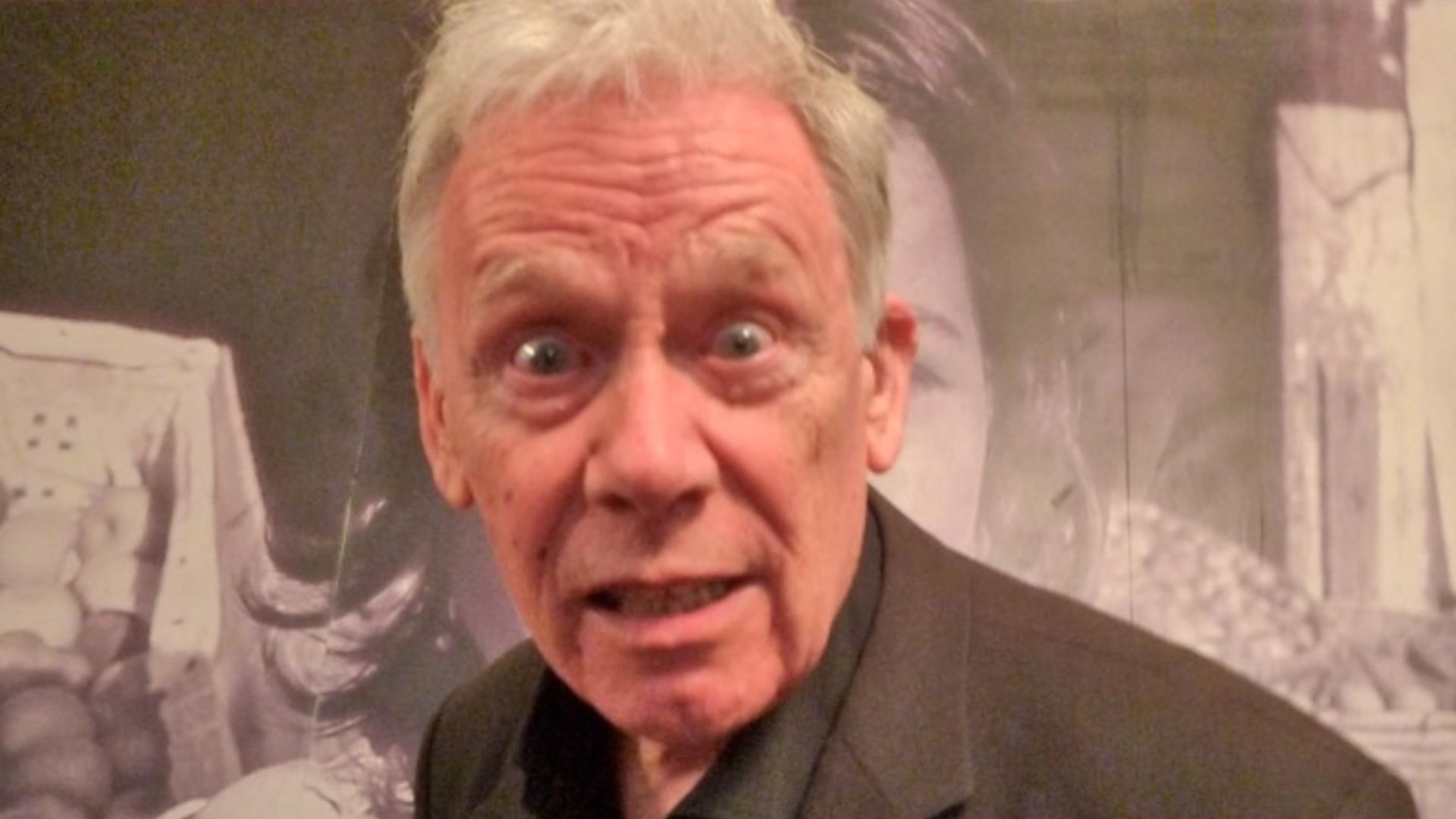 Lorraine Bowen, Wikimedia Commons
Lorraine Bowen, Wikimedia Commons
“Come As You Are” (Nirvana)
Krist Novoselic’s underwater-sounding bass riff turned Come As You Are into something hypnotic. Its moody repetition made grunge introspective without losing its weight. Kurt Cobain called it “a song that floats.”
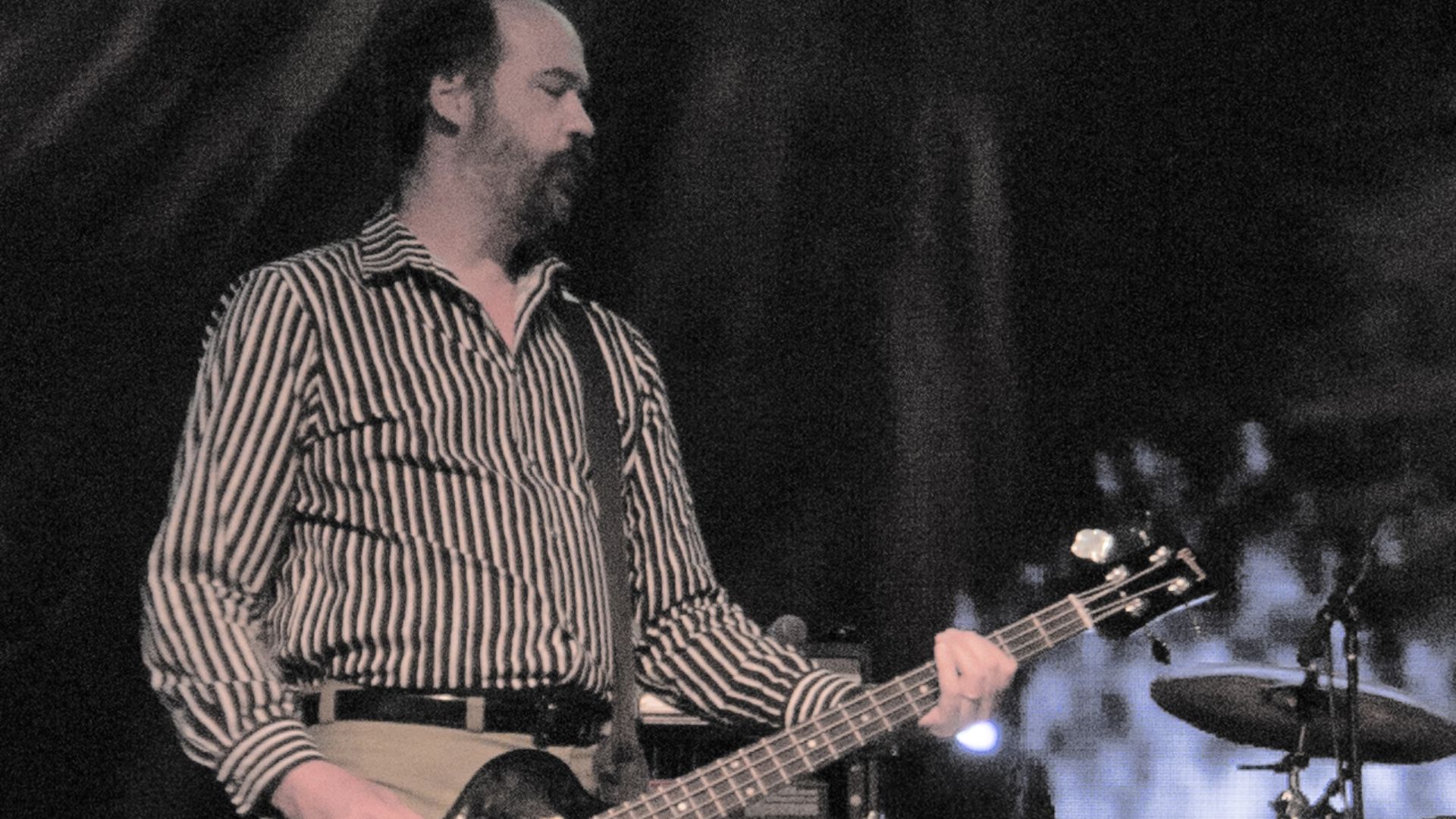 David Lee (davidjlee), Wikimedia Commons
David Lee (davidjlee), Wikimedia Commons
“The Chain” (Fleetwood Mac)
That bass drop in the middle? John McVie’s masterpiece. He recorded it separately from the rest of the band, layering that rising line that now screams Formula 1 intro. It’s one of rock’s greatest second-half surprises.
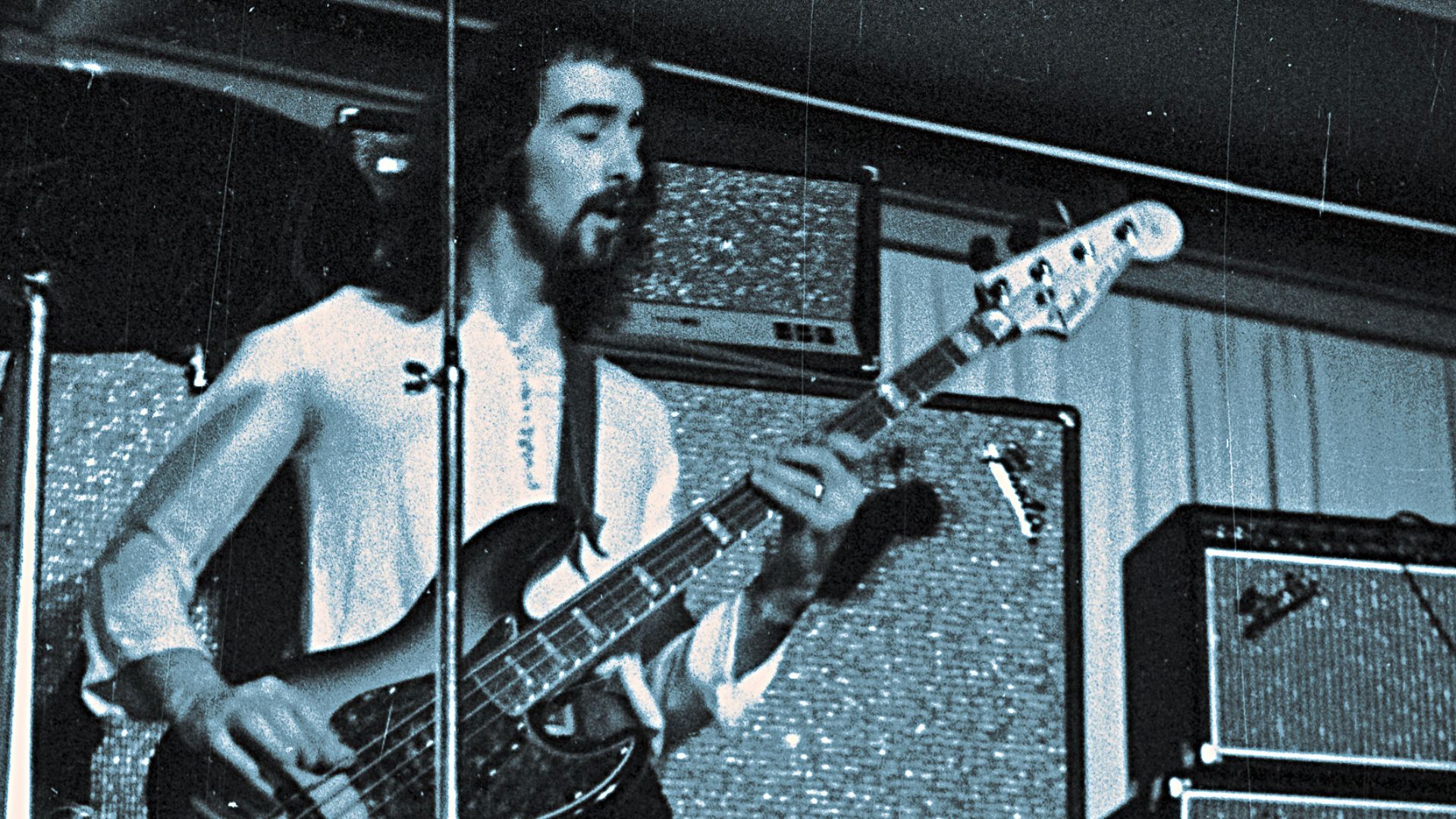 W.W.Thaler - H. Weber, Hildesheim, Wikimedia Commons
W.W.Thaler - H. Weber, Hildesheim, Wikimedia Commons
“Super Freak” (Rick James)
Rick James wanted a riff that felt “nasty but classy,” and his bassist nailed it. That slinky, syncopated groove became one of the most sampled lines in music history. Funk? Sure. But its rock swagger made it universal.
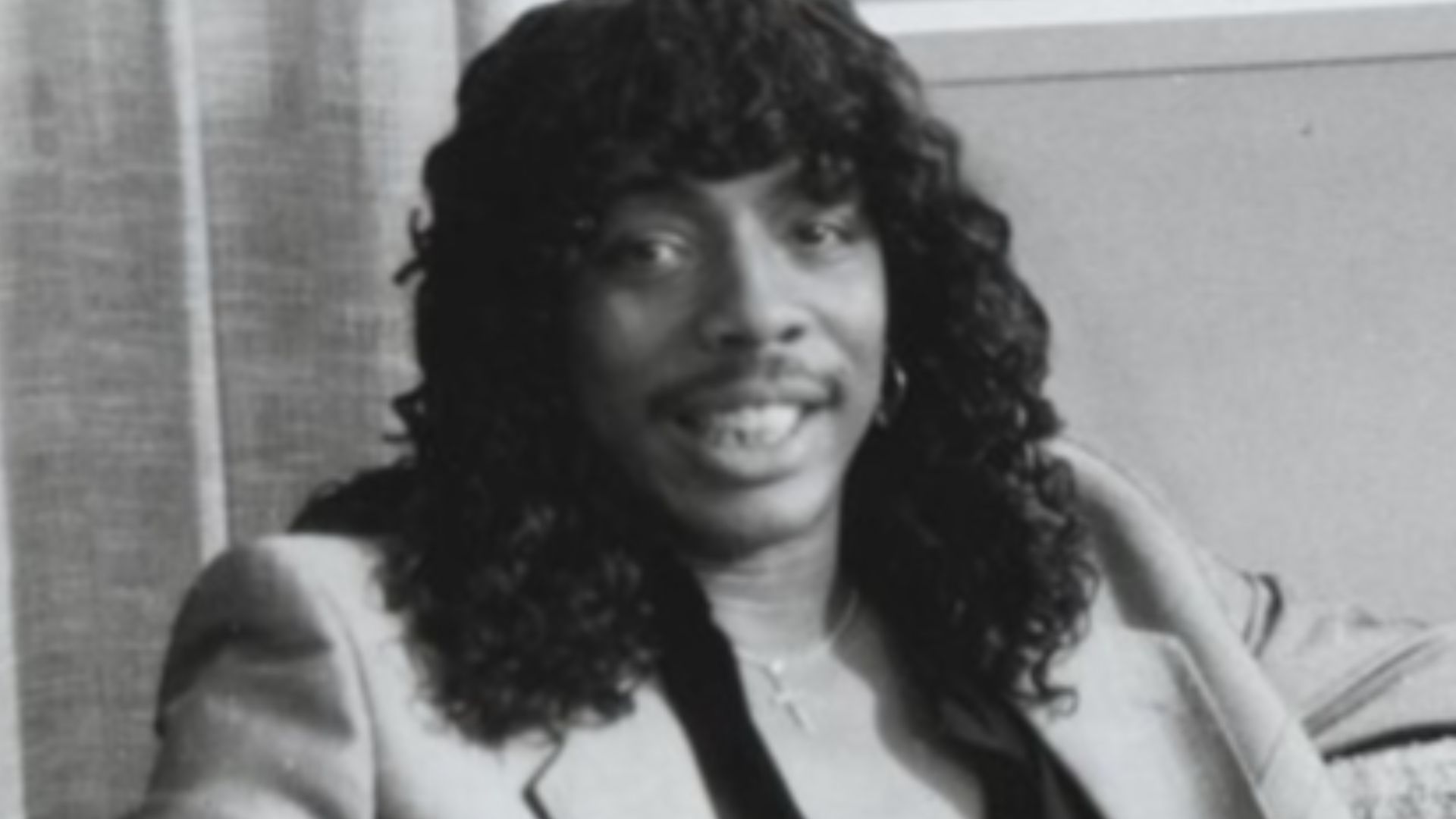 Leach Entertainment Features, Wikimedia Commons
Leach Entertainment Features, Wikimedia Commons
“I Want You Back” (The Jackson 5)
James Jamerson’s one-finger magic on this Motown gem set a new bar for melodic bass playing. You don’t just hear his line—you sing it. Every rock bassist who values groove has studied Jamerson, even if they won’t admit it.
 CBS Television, Wikimedia Commons
CBS Television, Wikimedia Commons
“London Calling” (The Clash)
Paul Simonon’s bassline opens like a siren warning the apocalypse. Joe Strummer said Simonon “had the vision for how it should start—doom on the horizon.” That four-note pattern made punk feel cinematic.
“Come Dancing” (The Kinks)
Jim Rodford’s cheerful, walking bassline carries this nostalgic track. It’s pop-rock perfection—steady, buoyant, and warm. The song might be about the past, but the groove sounds forever young.
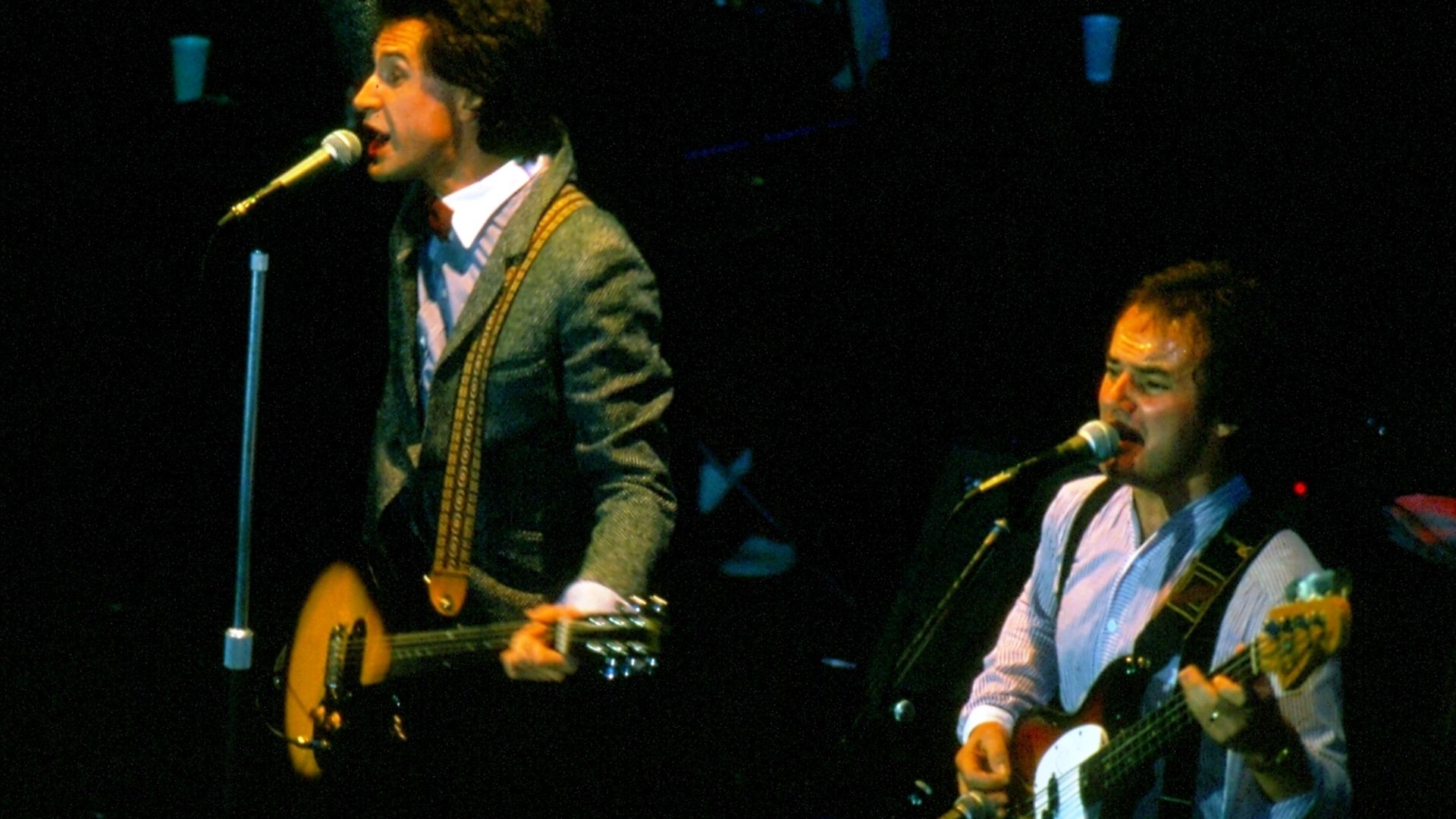 Klaus Hiltscher, Wikimedia Commons
Klaus Hiltscher, Wikimedia Commons
“The Joker” (Steve Miller Band)
Lonnie Turner’s easygoing groove holds this tune together like glue. It’s so laid-back it’s practically lounging in a lawn chair—but the pocket is perfect. Sometimes the best basslines just make you smile without you realizing why.
 Capitol Records, Wikimedia Commons
Capitol Records, Wikimedia Commons
“Can’t Stop” (Red Hot Chili Peppers)
Flea’s slap-driven funk-rock explosion here is an energy drink in musical form. He once said he plays bass like “a drum with notes,” and Can’t Stop is Exhibit A. You could power a city off that groove.
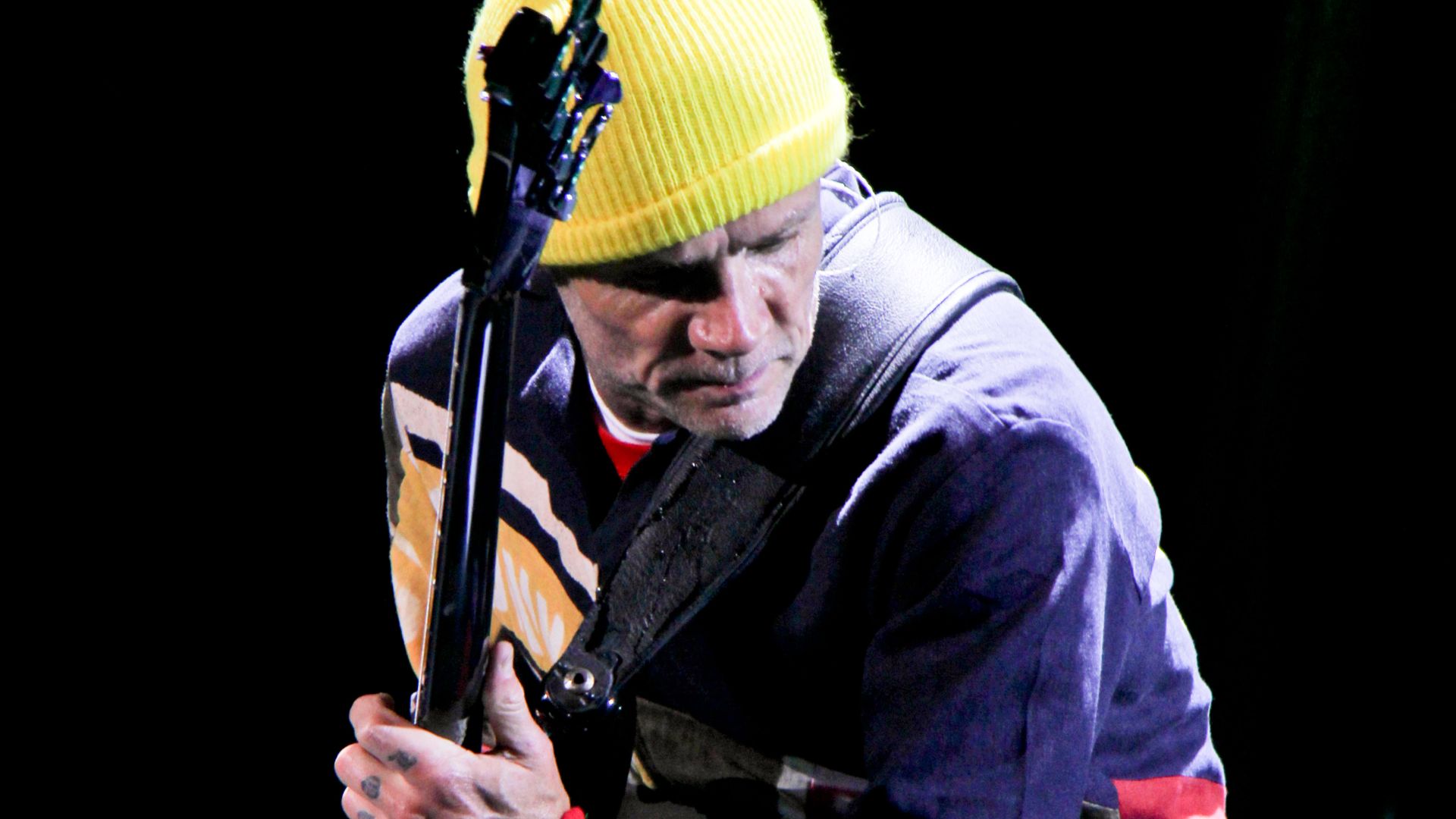 Piyush Kumar, Wikimedia Commons
Piyush Kumar, Wikimedia Commons
“Schism” (Tool)
Justin Chancellor’s bassline doesn’t follow the song—it leads it. It’s hypnotic, mathy, and almost alien. Tool songs feel like puzzles, and this is the one piece that unlocks everything.
 deep ghosh from Melbourne, VIC, Australia, Wikimedia Commons
deep ghosh from Melbourne, VIC, Australia, Wikimedia Commons
“Dazed and Confused” (Led Zeppelin)
John Paul Jones’ bassline crawls and coils like smoke around Jimmy Page’s bowed guitar. It’s haunting, slow, and utterly essential to the song’s eerie pull. Jones once said he aimed for “a mood more than a riff,” and nailed it.
 Craig Carper, Wikimedia Commons
Craig Carper, Wikimedia Commons
“Taxman” (The Beatles)
McCartney once again turns rebellion into rhythm. His Taxman bassline has bite, melody, and menace—it’s punk before punk. Music critic Alan W. Pollack called it “one of McCartney’s most aggressive and distinctive lines.”
 Eric Koch for Anefo, Wikimedia Commons
Eric Koch for Anefo, Wikimedia Commons
You Might Also Like:
The Rock 'n' Roll Legacy Of Journey’s Steve Perry
Everyone Hears These Popular Lyrics Wrong


